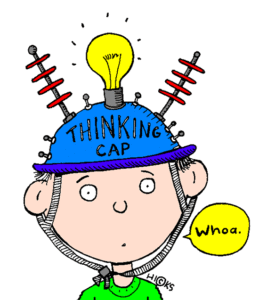 Even though the TALV meets only every other month, I relish our get-togethers. It’s a group of fellow visual artists, poets, musicians, etc. who share our trade in the arts-education field. And we are good friends.
Even though the TALV meets only every other month, I relish our get-togethers. It’s a group of fellow visual artists, poets, musicians, etc. who share our trade in the arts-education field. And we are good friends.
We start out with a check-in as we share what we’re doing in our community. The projects range pretty far afield but we get to say what works and what doesn’t work. We are doing some mighty fine work, though.
Each meeting, a particular artist leads the group in exploring something from their specialty. Tonight was poet Marilyn Hazelton, a poet that works with tanka, a Japanese form of poetry that is actually older than haiku. She started us out with the five stages of creativity.
- First Insight – the beginning
- Saturation – gathering information and ideas
- Incubation -letting go
- Illumination – ah ha moment
- Verification – checking
Marilyn also introduced the concept of ma, the space and time around an idea, similar to the silence before and after a musical note. Miles Davis said that the silence is as important as the note itself. It’s like taking a breath before and after an idea, and that negative space helps reinforce the moment itself. We split into teams and acted out each of the first four stages, and the physicality of doing that helps define the term. Besides, we love to watch each other perform.
We then took apart some tanka/haiku poems, taking note of using pauses in the reading, how the pause can strengthen the poem and even change the meaning of the poem. Often the middle phrase can be a pivot point, referring to both the first and the third lines at the same time. Quite fascinating.
the ball sky-high
as the crack of the bat
reaches the outfield.
Tossing a stone
into the dark well, I am
suddenly five years old
…..waiting to hear from
the other side of the world
We then formed duos to physically interpret the poems and present them to the group. These exercises are amazingly creative, and, again, great fun to watch as well as think through.
The final part of the workshop is deconstructing what we did, what we learned from the experience and how we can apply it to our own work. Marilyn (as with each presenter) also gains some great tools in how to do the workshop in other situations. We are especially good at taking creative leaps and coming up with some rather intelligent presentations.
That’s the takeaway from all these sessions. We are good friends and are willing to take artistic chances, exercising our artistic muscles. We come away intoxicated by the experience.